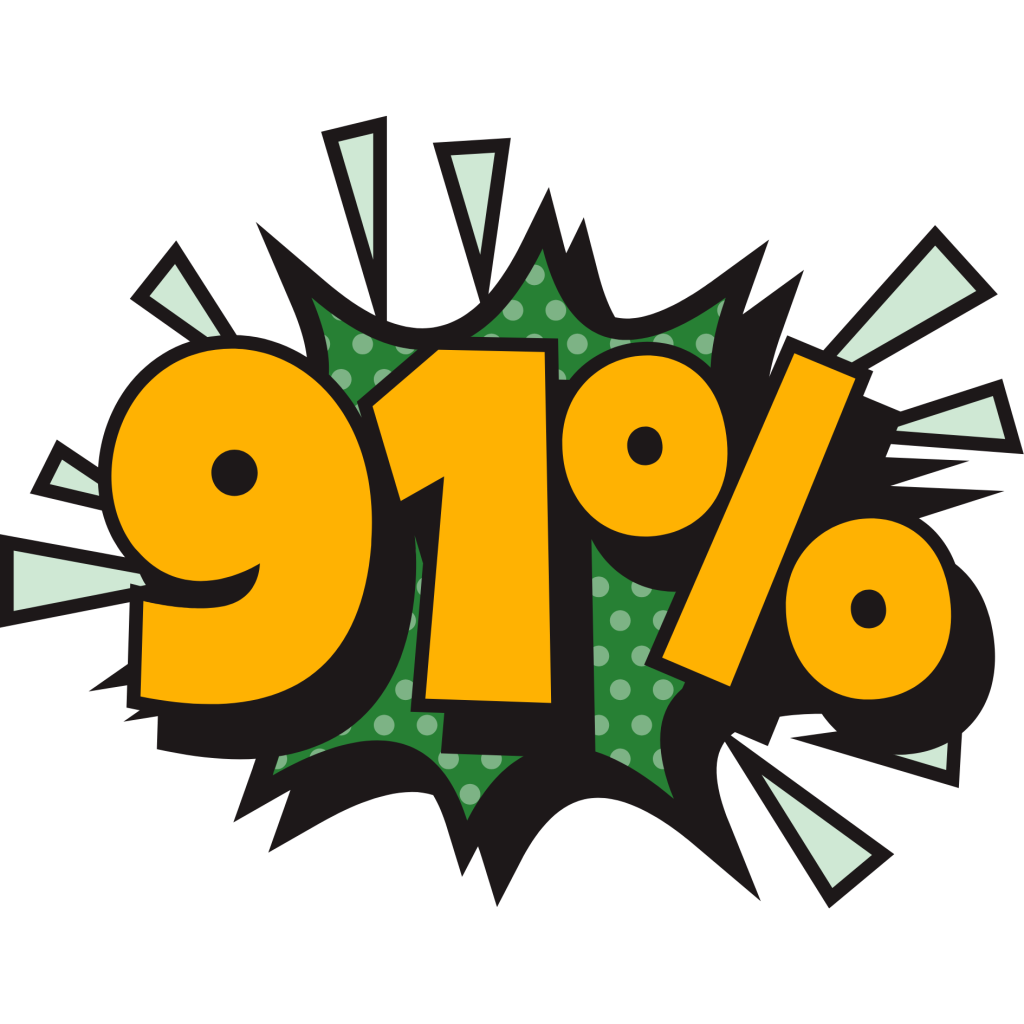When you’re playing at a real money online casino Comprehending RTP (Return to Player) and house edge can deeply shape your gaming choices. These metrics are imperative when assessing the potential risks and rewards of any casino game.
Whether you're just starting out or a seasoned gamer, grasping the interplay of RTP and house edge can refine your strategy and help you manage your bankroll like a pro.
Let’s dive into these gaming concepts and explore how they impact your favorite online casino experiences.
Understanding RTP and House Edge
What is RTP?
RTP stands for Return to Player and indicates the percentage of all bets a game is expected to return to players over time.
Imagine a slot machine with a 96% RTP: it implies that theoretically, for every $100 wagered, players might receive back $96.
The remaining $4 signifies the casino’s cut. It’s key to remember that RTP averages out over countless spins or hands, influencing short-term outcomes variably.
What is House Edge?
House Edge is essentially RTP flipped on its head. It’s the portion of each bet the casino keeps in the long run. So, a 96% RTP correlates with a 4% house edge.
The house edge is the casino's built-in profit mechanism. Even with high RTP games, the odds are ever so marginally in the casino's favor, ensuring its gain.
Example:
- For example, if a game has an RTP of 97%, its house advantage is 3%.
- Conversely, a game offering a 94% RTP features a 6% house edge.
Essentially, higher RTP means lower house edge, and vice versa.
How RTP and House Edge Work Together
RTP and house edge are two sides of the same coin. They illustrate identical concepts from opposing views: RTP from a player’s angle and house edge from the casino's perspective.
In essence, they both delineate how much of your bet might return to you versus what the casino keeps.
Keep in mind, neither RTP nor house edge promise consistent short-term outcomes. For example, although an RTP may be 96%, actual wins or losses in a single session could be significantly greater, especially in games known for their volatility.
Insight into how these statistics affect each other can help with confident decision-making and enhance your gaming experience.
RTP vs. House Edge in Table Games
 Table games like blackjack, roulette, and baccarat often have different RTPs and house edge compared to pokies.
Table games like blackjack, roulette, and baccarat often have different RTPs and house edge compared to pokies.
Some games offer a lower house edge, particularly when you employ an optimal strategy, boosting your odds of finishing with a win.
Highlights for Table Games:
- Blackjack : Known for one of the lowest house edges, as miniscule as 0.5% with the right strategy, meaning an RTP up to 99.5%, making it very appealing to players.
- Roulette : European Roulette enjoys a 97.3% RTP (with a 2.7% house edge), while American Roulette drops to 94.74% RTP (a 5.26% house edge), because of the extra zero.
- Baccarat : Boasting about a 98.94% RTP for banker bets (house edge of 1.06%), Baccarat provides favorable odds too.
How Table Games Differ
Table games sometimes allow you to manipulate the house edge using strategy. For example, a well-crafted strategy in blackjack significantly lowers the house edge.
Learning game rules and honing skills can significantly up your chances of success.
RTP vs. House Edge in Pokies
Pokies usually present a greater house edge than table games but offer the lure of big payouts for comparably small bets, making them attractive to many gamblers.
Highlights for Pokies:
- RTP Spectrum : Most pokies hover between 90% and 96% RTP, though some climb to 98%.
- House Edge : For pokies, the typical house edge spans from 2% to 10%.
- Volatility : Pokies come in varied volatility settings, impacting payout sizes and frequencies, from small-reoccurring to seldom-huge wins.
Popular Online Pokies in Australia
Numerous popular online pokies in Australia provide fair RTPs and diverse volatility levels:
- Rise of Olympus : With a 96.5% RTP and high volatility, this pokie lures Aussie players eager for high-intensity gaming.
- Wolf Gold : With an RTP of 96.01%, Wolf Gold delivers a harmonious experience balancing regular returns and opportunities for large jackpots.
- Ozwin’s Jackpots : Offering a 96.7% RTP, medium volatility, and multiple jackpot opportunities, it presents a varied mix of frequent small wins and a shot at progressive jackpots.

 Table games like blackjack, roulette, and baccarat often have different RTPs and house edge compared to pokies.
Table games like blackjack, roulette, and baccarat often have different RTPs and house edge compared to pokies.
 In Australia, popular online casino games include both pokies and table games. Comparing the RTP and house edge of these games can help you choose which one best fits your playing style.
In Australia, popular online casino games include both pokies and table games. Comparing the RTP and house edge of these games can help you choose which one best fits your playing style.




